Scion - Root stock interaction
fotisr
11 years ago
Related Stories
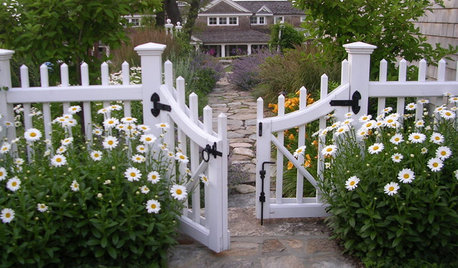
CURB APPEAL7 Ways to Create a Neighborly Front Yard
Foster community spirit by setting up your front porch, paths and yard for social interaction
Full Story
GREEN BUILDINGThe Big Freeze: Inventors Break New Ground to Keep Things Cool
Old-fashioned fridges can be energy guzzlers, but there are more eco-friendly ways of keeping food fresh, as these global innovations show
Full Story
ARCHITECTUREHouzz Call: Show Us Your Logo!
A picture is worth a thousand words, but your company’s symbol may be worth its weight in gold. We’d like to hear the graphic details
Full Story
SELLING YOUR HOUSE15 Questions to Ask When Interviewing a Real Estate Agent
Here’s what you should find out before selecting an agent to sell your home
Full Story
LANDSCAPE DESIGNNatural Swimming Pools: More Beauty, No Chemicals
Keep your skin and the environment healthy with a pool that cleans itself, naturally
Full Story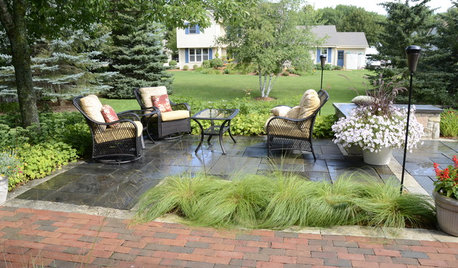
LANDSCAPE DESIGN5 Reasons to Consider a Landscape Design-Build Firm for Your Project
Hiring one company to do both design and construction can simplify the process. Here are pros and cons for deciding if it's right for you
Full Story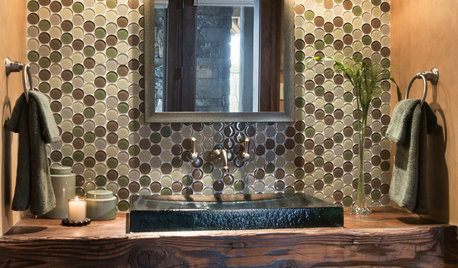
BATHROOM DESIGNPowder Room Essentials to Keep Guests Happy
Set out these bathroom necessities (hello, hand towels) to make your company comfortable and your parties run smoothly
Full Story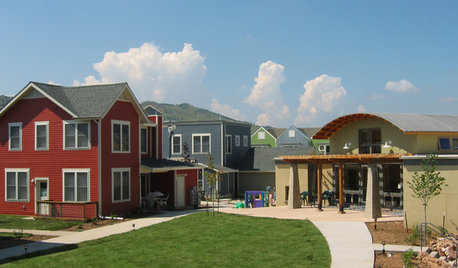
COMMUNITYTogetherness Take 2: Is a Cohousing Community for You?
Missing that sense of connection? Consider the new breed of neighborhood with a communal bent
Full Story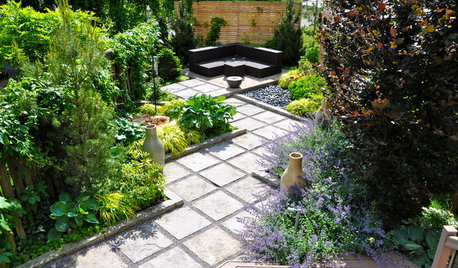
LANDSCAPE DESIGNHow to Create an Unforgettable Garden
Make an impression that will linger long after visitors have left by looking for the possibilities and meaning in your landscape
Full Story
HOME TECHWhy Google Just Paid $3.2 Billion for a Company That Makes Thermostats
Smart home technology just got a new champion — and everyone is speculating about the reasons
Full StoryMore Discussions











gardener365
fotisrOriginal Author
Related Professionals
New Bedford Landscape Architects & Landscape Designers · Summit Landscape Architects & Landscape Designers · Clermont Landscape Contractors · Wakefield Landscape Contractors · Alamo Landscape Contractors · Apollo Beach Landscape Contractors · Canby Landscape Contractors · Edinburg Landscape Contractors · Fort Mill Landscape Contractors · Golden Landscape Contractors · Metairie Landscape Contractors · New Cassel Landscape Contractors · Rosemount Landscape Contractors · San Carlos Park Landscape Contractors · Hueytown Landscape Contractorsgardener365
coniferjoy
fotisrOriginal Author
coniferjoy
wisconsitom
fotisrOriginal Author
tunilla
wisconsitom
gardener365
wisconsitom
coniferjoy